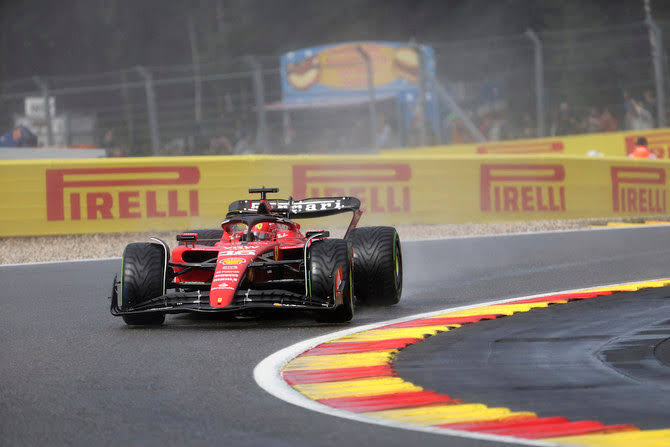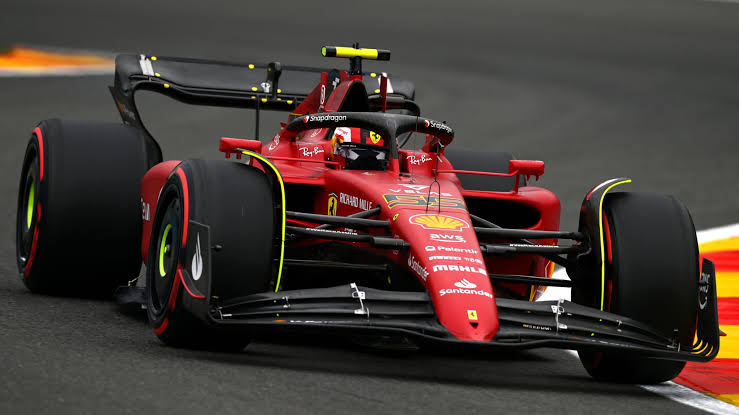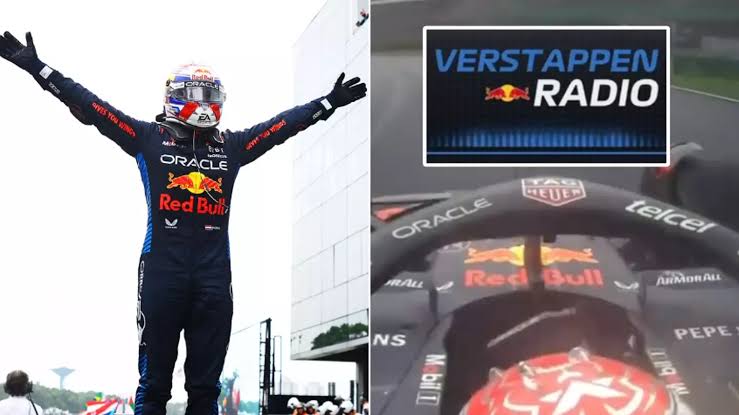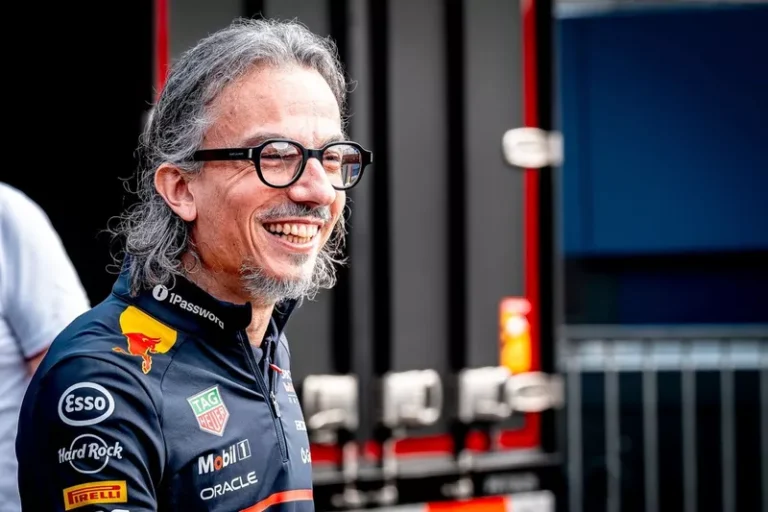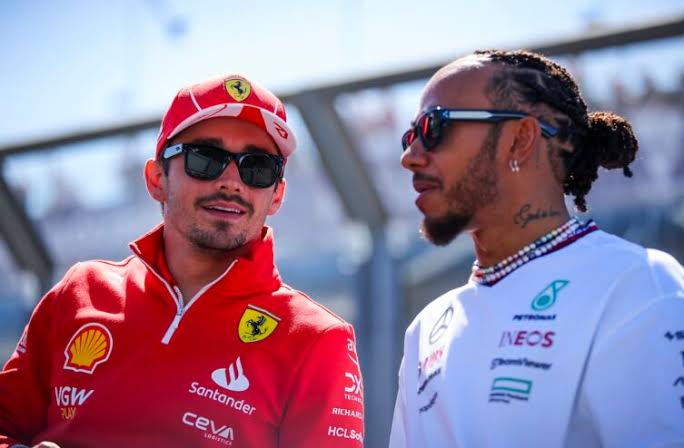
Ferrari has taken an unconventional approach regarding Charles Leclerc’s participation in their latest testing program, following an incident involving Lewis Hamilton at the Circuit de Barcelona-Catalunya. Hamilton, recently integrated into Ferrari’s setup, was engaged in a Pirelli tyre evaluation aimed at the forthcoming season. The Briton, after previously sampling the SF-23 at Fiorano, Ferrari’s private circuit, embarked on a subsequent run in Barcelona to gain familiarity with the 2024 challenger. However, his progress was curtailed by an accident that left the car heavily damaged. Although Hamilton emerged unscathed, the crash deprived Leclerc of his scheduled afternoon session, as repairs rendered the car unavailable.
Both drivers have since returned to the Spanish venue to recoup the lost mileage and contribute to a critical developmental exercise. Ferrari, in collaboration with Pirelli, has opted for an unprecedented configuration during this two-day session. The test is designed to replicate the elevated downforce loads anticipated in 2026, a move that introduces an atypical challenge on a track traditionally favoring moderate aerodynamic setups. The adaptation of low-drag, Monza-style rear wings juxtaposed with an aggressive downforce specification underscores the uniqueness of this simulation, demanding exceptional adaptability from both Ferrari drivers.
Tuesday’s itinerary placed Hamilton behind the wheel first, piloting a bespoke “mule” car modified for these conditions. Leclerc is scheduled to assume control later in the day, with alternating stints on Wednesday ensuring equitable track time for both. The dual-driver format not only mitigates the repercussions of Hamilton’s earlier crash but also guarantees a comprehensive dataset for analysis. Meanwhile, McLaren has joined the proceedings with Lando Norris and Oscar Piastri, diversifying the breadth of feedback available to Pirelli. Having completed a wet-weather evaluation in France, McLaren’s focus in Barcelona likely centers on the dry compound’s behavior under enhanced aerodynamic forces.
This strategic collaboration exemplifies the intricate synergy between teams and tyre suppliers as Formula 1 braces for its regulatory metamorphosis. Simulating 2026-spec conditions within a 2024 chassis paradigm is no trivial feat; it compels engineers and drivers alike to confront variables atypical of the current competitive environment. For Hamilton and Leclerc, the endeavor transcends a mere tyre test—serving as a proving ground for adaptability, car control, and feedback precision under artificially heightened loads.
In essence, Ferrari’s Barcelona campaign reflects a calculated gamble aimed at fortifying their competitive edge in the medium term. By subjecting their roster to scenarios mimicking the sport’s aerodynamic future, Maranello positions itself advantageously in the knowledge race, while Pirelli accrues invaluable empirical data. Amidst the aftermath of Hamilton’s misfortune, this exercise symbolizes resilience and forward-thinking—a narrative equally shared by McLaren as both outfits contribute to shaping the contours of Formula 1’s next era.
